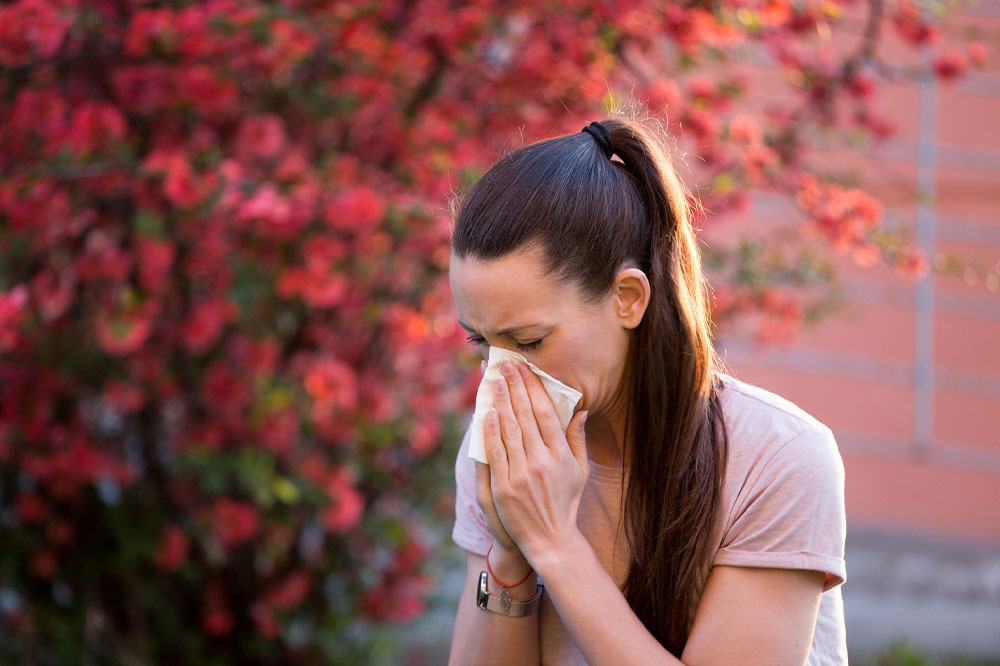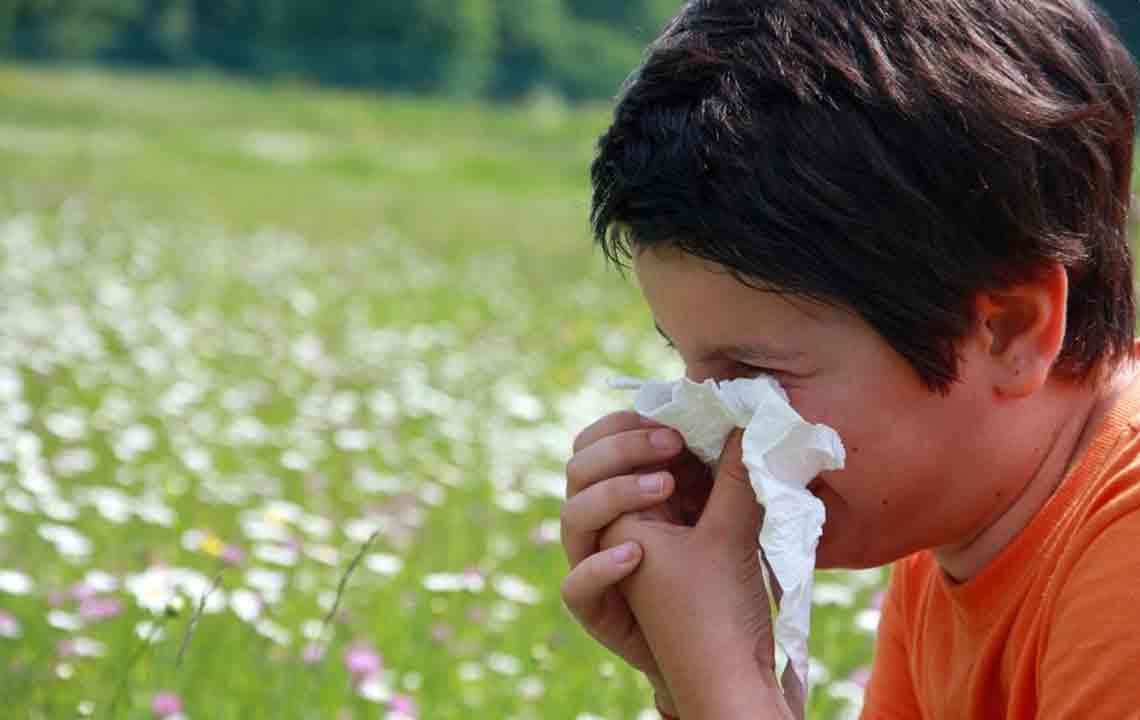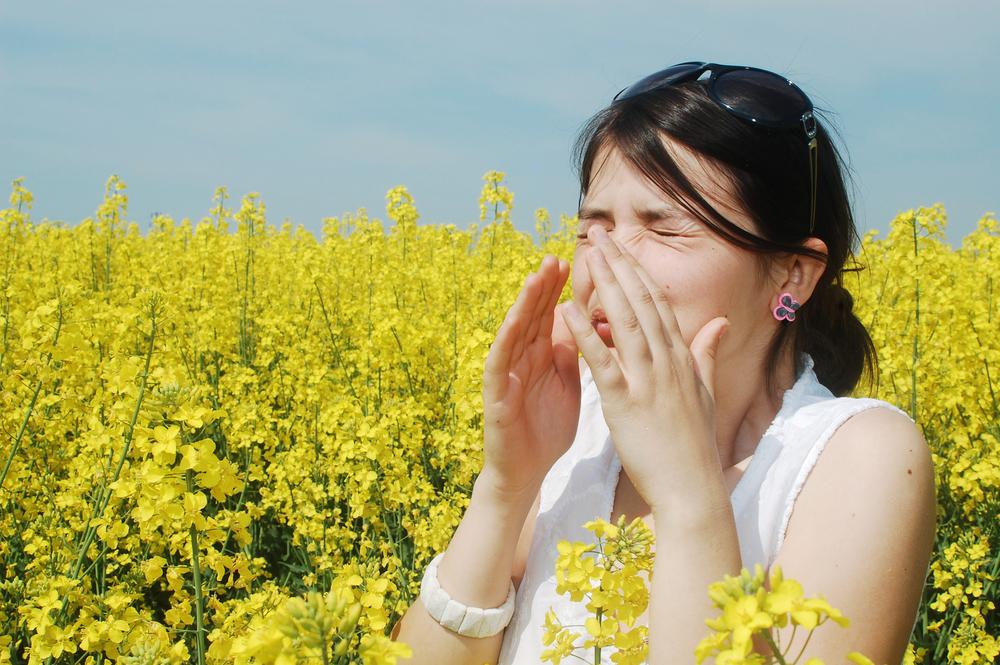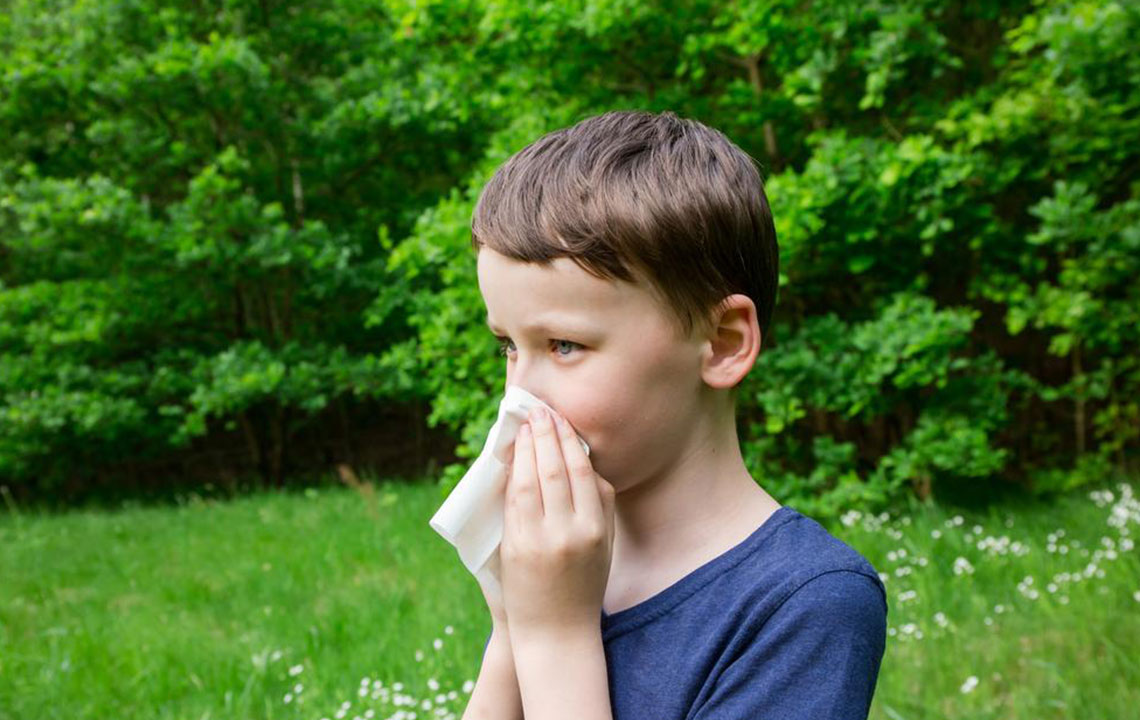Comprehensive Guide to Tree Allergies: Recognizing Symptoms and Effective Relief Methods
This comprehensive guide explores tree allergies, including common symptom patterns, the most allergenic trees, and proven strategies for relief. Learn how to identify symptoms early, minimize exposure, and manage seasonal allergic reactions effectively, improving comfort during high pollen seasons. Essential tips and medical advice are included for allergy sufferers seeking long-term relief and better quality of life during peak tree pollen periods.

Comprehensive Guide to Tree Allergies: Recognizing Symptoms and Effective Relief Methods
Tree pollen is a significant allergen during certain times of the year, particularly in spring, when numerous tree species release pollen into the air, affecting millions of individuals worldwide. The impact of tree pollen allergy can range from mild respiratory discomfort to severe allergic reactions, significantly affecting daily life and overall well-being. Understanding the intricacies of tree allergies—including which trees are most responsible, recognizing the symptoms early, and implementing effective management strategies—is crucial for those suffering from sensitivities during pollen seasons.
How Tree Pollen Contributes to Allergic Reactions
Tree pollen becomes airborne primarily during specific seasons, with spring being the peak period for many regions. During this time, various tree species release fine pollen particles that are easily inhaled, leading to an array of allergic symptoms. While the most prominent pollen release occurs in spring, some trees, such as cedar or juniper, also release pollen during late winter, and certain species continue to pollinate into summer. This extended pollen season means that individuals with allergies need to remain vigilant for months at a time. The chemical composition of tree pollen, especially proteins that trigger immune responses, makes it particularly problematic for sensitive individuals.
Key Trees Responsible for Pollen Allergies
Many widely distributed tree species are known to cause allergic reactions due to their pollen. Common offenders include birch, oak, cedar, maple, willow, and sycamore. In addition, other species such as hickory, elm, beech, ash, cottonwood, alder, juniper, cypress, and walnut are also allergenic in certain regions. Notably, cedar pollen causes a condition often called 'cedar fever,' which predominantly affects residents of central Texas and peaks between November and January, leading to allergy-like symptoms in winter months. These trees vary geographically, and local pollen calendars can help allergy sufferers anticipate and prepare for high pollen periods.
Signs and Symptoms of Tree Pollen Allergies
Recognizing the symptoms early can help manage the allergy more effectively. Most individuals will notice symptoms within an hour of pollen becoming airborne, and these symptoms typically persist throughout peak pollen periods. Common signs include a persistent runny nose, nasal congestion, postnasal drip, and frequent sneezing fits. The itchiness of the nose, mouth, eyes, and ears is particularly frequent among allergy sufferers. Additionally, eyes may become red, watery, and swollen, often accompanied by a gritty sensation. Many also experience irritability, fatigue, and disturbed sleep due to ongoing discomfort.
For those with asthma, inhaling tree pollen can exacerbate respiratory issues, leading to coughing, wheezing, chest tightness, and difficulty breathing. Oral allergy syndrome is another concern, which manifests as itching and swelling in the mouth or throat after consuming certain raw fruits and vegetables, which contain proteins similar to pollen allergens. Understanding these symptoms can help individuals seek appropriate treatment promptly.
Strategies for Managing Tree Allergy Symptoms Effectively
Managing tree pollen allergies requires a combination of avoidance techniques, lifestyle modifications, and medical interventions. While it is nearly impossible to completely avoid outdoor exposure, especially during high pollen seasons, certain practices can significantly reduce the severity of symptoms. Consulting an allergist for personalized treatment, including antihistamines, nasal sprays, or immunotherapy, can offer long-term relief. Practical measures include checking local pollen forecasts daily to plan outdoor activities accordingly and limiting outdoor exertion during peak hours, typically between 5 am and 10 am, when pollen counts are highest.
Indoor precautions are equally important. Keeping windows and doors closed during high pollen days prevents allergens from entering your home. Using high-efficiency particulate air (HEPA) filters in your heating and cooling systems can also reduce indoor pollen levels. Showering and changing clothes after outdoor activities help wash away pollen that may have adhered to your skin or clothing. Avoid outdoor drying of clothes during high pollen seasons, as this can deposit pollen directly onto fabrics. Additionally, wearing sunglasses and masks during outdoor activities can help protect your eyes and respiratory tract from pollen exposure. These combined strategies can make a significant difference in managing allergy symptoms effectively, improving quality of life during pollen season.





